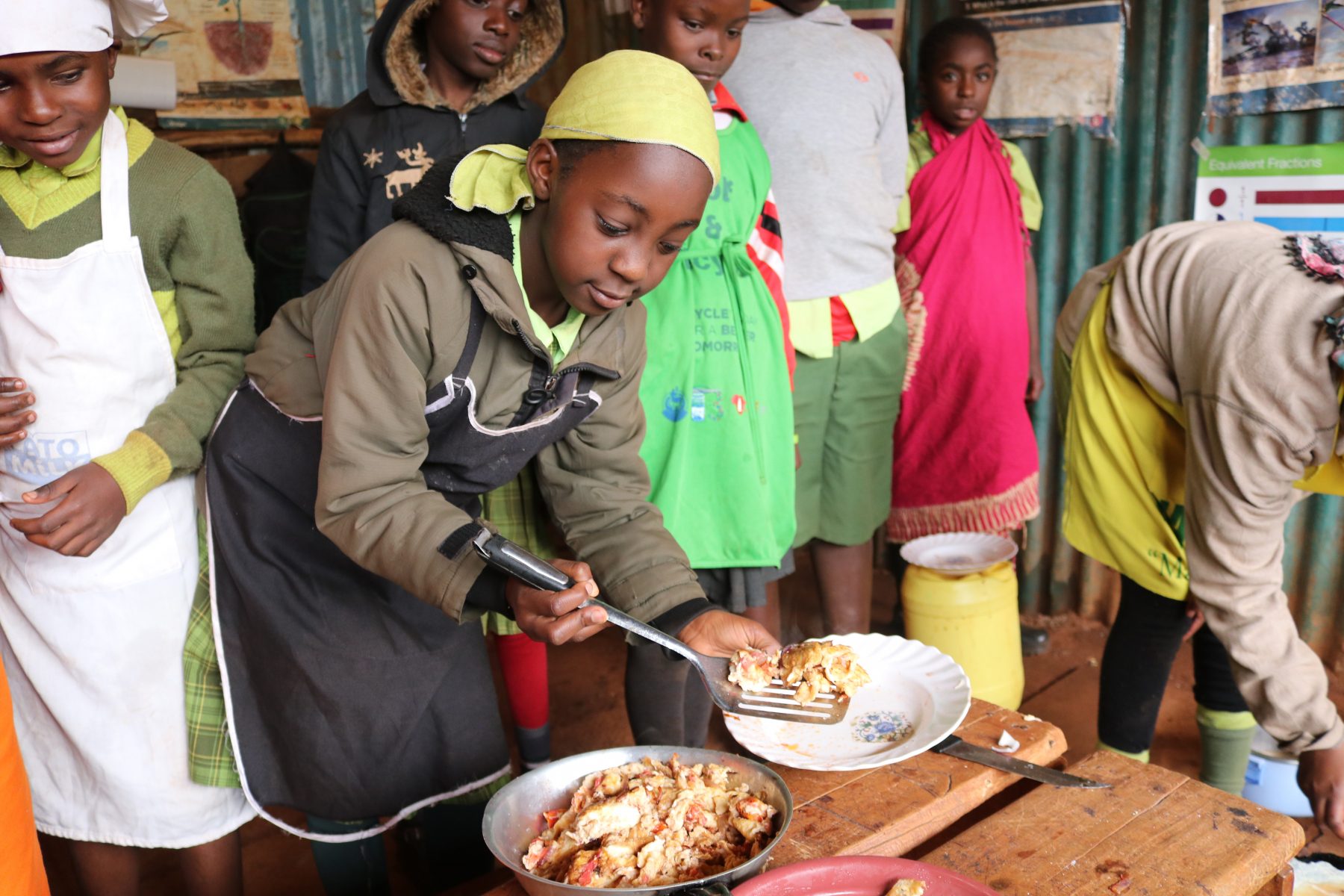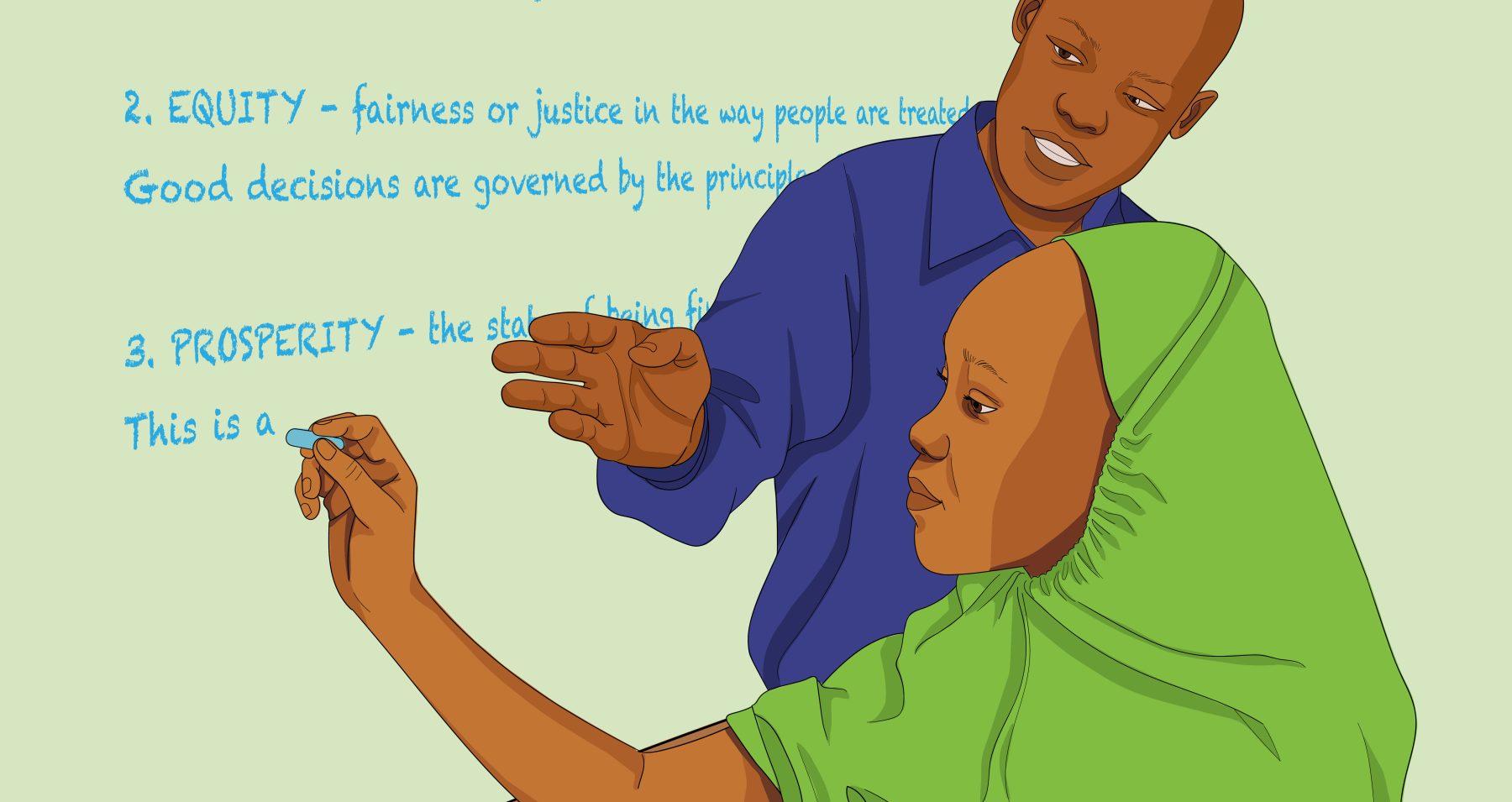We must transform education to meet SDG 4 goals
Early this week, the United Nations Secretary General convened the Transforming Education Summit at the 77th Session of the UN General Assembly. The Summit saw several presentations from different heads of State and Governments on how they are transforming education in their countries. Convened in response to a global crisis in education – one of equity and inclusion, quality and relevance, the Summit aimed to provide a unique opportunity to elevate education to the top of the global political agenda and to mobilize action, ambition, solidarity and solutions to recover pandemic-related learning losses and sow the seeds to transform education in a rapidly changing world.
The Kenya delegation at the Summit presented a transforming education report and statement which was prepared by the Ministry of Education in collaboration with partners through County and national consultations with education stakeholders. The stakeholders consulted included learners, teachers, parents, headteachers, private sector, civil society organisations and the Youth TVET, Universities and those out of school.
At the Summit, the delegation showcased reforms that have been implemented in establishing an education system that addresses relevance, equity, and inclusion. Most recently, the government embarked on the most comprehensive education reform since 1981, which has seen the introduction of the Competency Based Curriculum (CBC). The aim of the CBC is to guarantee basic education for every learner according to their abilities and needs.

According to United Nations, Education today is in turmoil. More than 90 % of the world’s children have had their education interrupted by the pandemic — the largest disruption of education systems in history. For many learners, especially girls, this break may become permanent, with potential consequences for their future and for future generations that follow. The pandemic has also exposed large disparities not only between countries, but particularly between different learner groups within countries.
The pandemic caused unprecedented disruption to social, economic, and cultural life across the world. When learning institutions closed in Kenya in March 2020, nearly 18 million learners were affected, threatening the considerable learning gains made by the country over the past decade. A handful of novel initiatives in the country bridged the gap during the pandemic. An outstanding example is Bridge@Home which kept hundreds of pupils in both well-served and underserved communities learning through over 800 virtual WhatsApp classrooms and a mobile phone-based interactive quiz system available to pupils in urban and hard-to-reach areas.

Before the pandemic, the world was already grappling with the learning crisis with 70% of 10-year-olds mainly from the developing countries unable to read and understand a simple text. Today, the World Bank estimates the learning losses caused by the covid-19 pandemic are the greatest in global education for a century. As the UN Secretary General calls for countries to transform their education systems to meet the requirements of modern day, they are school providers in the country that have been practicing transformative education models for over a decade now.
The likes of Bridge International Academies have been leveraging innovation and technology to scale up learning for children from underserved communities. The learning outcomes have been great. Since 2015, tens of thousands of Bridge pupils have excelled in the national exams and have been awarded places at some of the country’s top national schools. The Bridge model today has been replicated widely and underpins public education transformation programmes supporting more than a million children a day across Africa.
Affirming this model, a recent independent study by Professor Michael Kremer of the University of Chicago found out that grade 1 pupils in Bridge International Academies are more than three times as likely to be able to read as their peers in other schools. The study finds that after two years, primary school pupils in Bridge International Academies are nearly a whole additional year of learning ahead of children taught using standard methods. For pre-primary pupils, children gain nearly an additional year and half, learning in two years what children in other schools learn in three and a half years.

The study by Professor Michael Kremer shows that the Bridge methodology has the potential to produce dramatic learning gains at scale, and can be the solution to the learning poverty if replicated widely. To transform education sustainably, teachers must be at the heart of the transformation. The World Bank has called for countries to focus on the single most important aspect of learning; teachers – calling on governments to ensure teachers are well-supported.
Bridge believes that improving teachers’ well-being and professional development is essential to having great learning outcomes. With a data-driven approach, teachers and school leaders are provided with technological tools to learn and develop their skills. Every teacher receives bespoke training. Such training is followed by a programme of continuous personal development. Learning and development coaches conduct live lesson observations and use them to provide teachers with practical insights on how to make their lessons even more impactful.
Innovation and technology will probably play the biggest role in transforming and building resilient education systems of modern times. The adoption of innovation and technology in education has the capacity to build stronger education systems so as to reach more children, improve learning and teaching, and build resilience to withstand shocks such as Covid-19 disruptions. Now, more than ever, is the time to transform our education in order to meet the targets of SDG 4.
